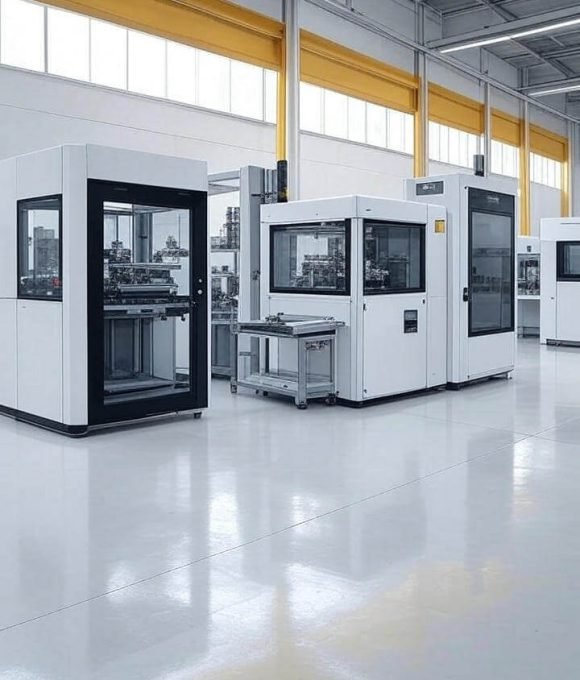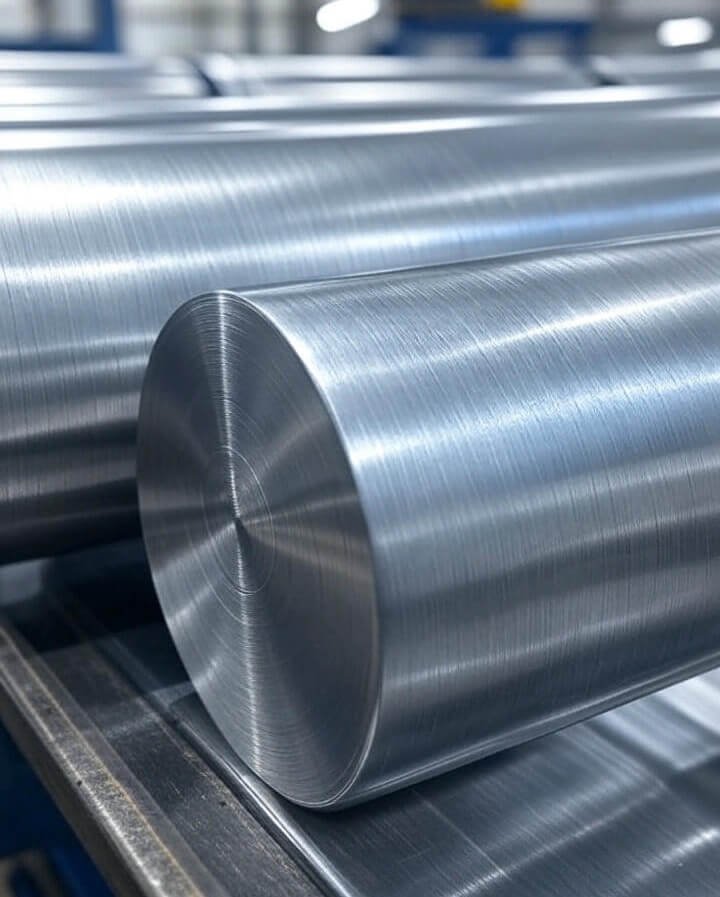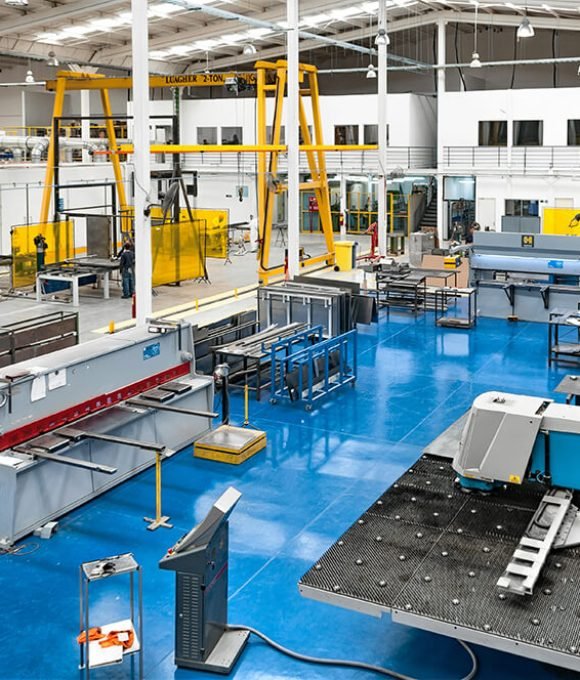Reliable Air Shafts for Secure and Efficient Core Gripping
Featured Air Shaft



| Name | Outer Diameter | Structural Features |
|---|---|---|
| Key-Lug Type Air Shaft (1"–12") | 25mm, 36mm, 48mm, 74mm, 100mm, 118mm, 150mm, 200mm, 300mm | Simple structure, cost-effective |
| Heavy-Duty Air Shaft (3"–6") | Φ74–150mm | High load capacity, supports over 1 ton |
| Slat Type Air Shaft (3"–6") | Φ74–150mm | Large contact surface, excellent stability |
| Key-through Type Air Shaft (3"–6") | Φ74–150mm | High friction coefficient, no damage to paper cores |
Versatile Air Shaft Applications in Web Converting
Secure Core Gripping Applications
High-performance air shafts engineered for reliable, non-slip core engagement across paper, film, foil, and nonwoven materials—maintaining secure grip even during aggressive acceleration and deceleration cycles in demanding production environments. Eliminates core slippage and maintains consistent web tension for uninterrupted high-speed production.
Rapid Roll Changeover Systems
Advanced air shaft solutions available in comprehensive diameter ranges (from 1" to over 12") with custom length capabilities, designed for converting lines requiring frequent roll format changes and minimal downtime between production runs. Maximizes operational efficiency and significantly boosts overall line productivity.
Multi-Core Size Compatibility
Versatile air shaft configurations accommodating diverse core specifications and web widths, featuring adjustable expansion systems that adapt to various core dimensions without requiring different shaft assemblies for each application. Delivers maximum operational flexibility across diverse converting applications and material types.
Precision Concentric Operations
Engineered air shaft systems ensuring accurate core centering and uniform expansion pressure distribution, resulting in consistent roll buildup, reduced web handling vibration, and superior finished roll quality critical for downstream processing. Enhances finished roll quality while improving equipment stability and reducing maintenance requirements.
Engineered for Performance: Inside Air Shaft Technology
1. Precision Core Construction
2. Reliable Expanding Mechanism
3. Durable Surface Finishing
4. Smart Material Selection
- Steel Air Shafts: Offer high load capacity, minimal deflection, and longevity in heavy‑duty environments.
- Aluminum Air Shafts: Provide lightweight handling, reduced inertia, and lower shipping costs.
Both can be fitted with safety chucks, key‑way locking, or ball‑lock mechanisms based on your application requirements.
5. Enhanced Safety & Maintenance
6. Customization & Modular Design

Air Shaft: Get Our Free Samples
What Are Are Air Shafts?
Different Types and Specifications of Air Shafts
Standard Pneumatic Air Shafts
Standard Pneumatic Air Shafts feature a multi-segment rubber bladder and rigid metal segments, expanding at typical pressures of 4–7 bar. Available in diameters from 50 mm to 300 mm, they suit general converting and slitting lines.
Quick-Lock Air Shafts
Quick-Lock Air Shafts combine cam-action hubs with pneumatic bladders for both mechanical and air-assisted locking, enabling ultra-fast roll changes in high-speed printing and laminating.
Rubber-Pad Air Shafts
Rubber-Pad Air Shafts use replaceable rubber pads for low-pressure gripping on delicate films and papers, minimizing core slip and damage.
Shaftless Air Mandrels
Shaftless Air Mandrels omit end shafts entirely, mounting directly into the machine, ideal for lightweight cores and automated material handling.
High-Pressure Air Shafts
High-Pressure Air Shafts support pressures up to 10 bar for heavy-duty applications, such as metal foil or thick paper rolls.

Custom Air Shaft Parameters and Specifications
Supplier Selection and Quality Considerations
Manufacturing Capabilities
A top‑tier supplier should demonstrate comprehensive in‑house production capabilities, including precision CNC machining to maintain concentricity and tight dimensional tolerances, dynamic balancing equipment to ensure low runout at high speeds, and proprietary bladder fabrication for consistent expansion performance. Suppliers who control these steps internally can more rigorously test each shaft, respond quickly to custom requirements, and guarantee repeatable quality across production batches.
Certifications and Compliance
Quality certifications offer objective assurance of a supplier’s processes and product standards. Look for ISO 9001 certification to confirm a robust quality management system, ATEX compliance if your operation involves explosive or hazardous atmospheres, and FDA‑approved materials for shafts used in food, pharmaceutical, or medical device manufacturing. These credentials not only safeguard safety and regulatory compliance but also signal a supplier’s commitment to continuous improvement and customer peace of mind.
Technical Support and Service
Beyond product delivery, superior suppliers provide dedicated application engineering assistance to help you match shaft specifications to your unique process conditions. On‑site commissioning services, training sessions, and troubleshooting support accelerate installation, optimize tension settings, and minimize operational hiccups. A responsive technical team—available by phone or on‑site—can drastically reduce downtime when unexpected challenges arise.
Customization Flexibility
Your production needs may evolve, and a supplier’s ability to offer rapid prototyping, small‑batch runs, or private‑label solutions can prove invaluable. Rapid prototyping services enable you to validate custom designs before full‑scale production, while small‑batch capabilities accommodate pilot runs or seasonal demands without prohibitive minimum order quantities. Private‑label options let you maintain a consistent brand experience across all core components. Flexibility in customization ensures your air shafts remain perfectly aligned with both current and future operational goals.
Our Manufacturing Prowess & R&D Capabilities
Production Scale & Qualifications
- Factory Area: Over 10,000 square meters dedicated to manufacturing high-precision slitters and Accessories
- Annual Capacity: 200+ high-quality slitting machines for various materials.
- Certifications: ISO 9001, CE, Multiple Patents for advanced slitting technology.
R&D and Innovation
- Dedicated R&D Team: 12+ experienced engineers focused on slitter machine innovation.
- Technical Collaborations: Partnering with leading universities and research institutes for cutting-edge slitting solutions.
- Innovation Focus: Continuous development of intelligent and automated slitting and rewinding machines for paper, film, and foil.

Quality Certifications
- ISO 9001:2015 Quality Management System
- CE Certification for European Market Compliance
- SGS Audited Supplier Status for all our slitting and rewinding machines.

Unmatched After-Sales Service & Support
We have a growing network of overseas service points and authorized agents in Southeast Asia, Europe, and the Americas to ensure prompt local support for your slitting and rewinding machine.
Our Service Commitments
- 24/7 remote technical support and troubleshooting for your slitter.
- Scheduled preventive maintenance programs and on-site servicing for all slitting machines.
- Comprehensive operator training and detailed maintenance guides (e.g., slitter slider lubrication, film slitter knife care).
